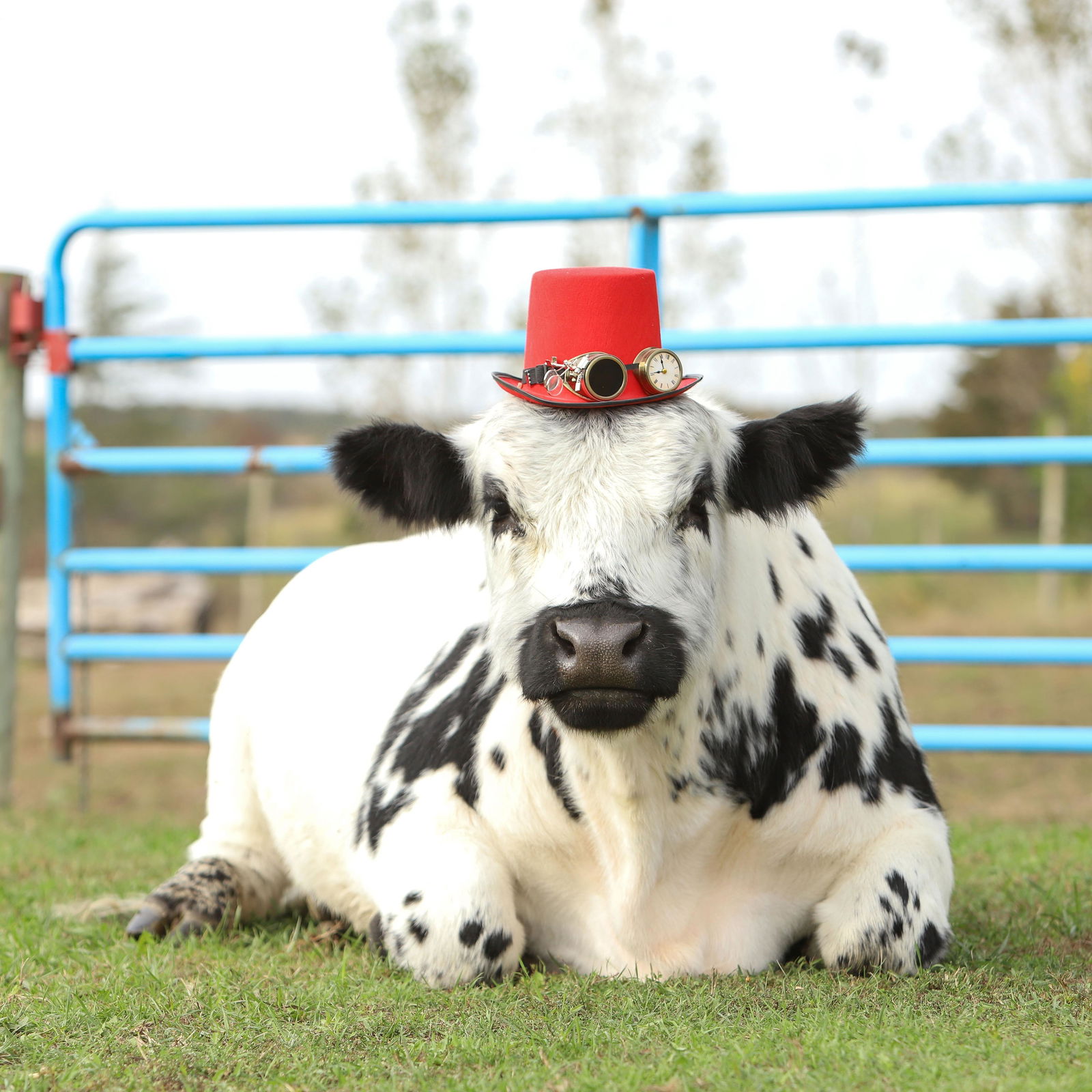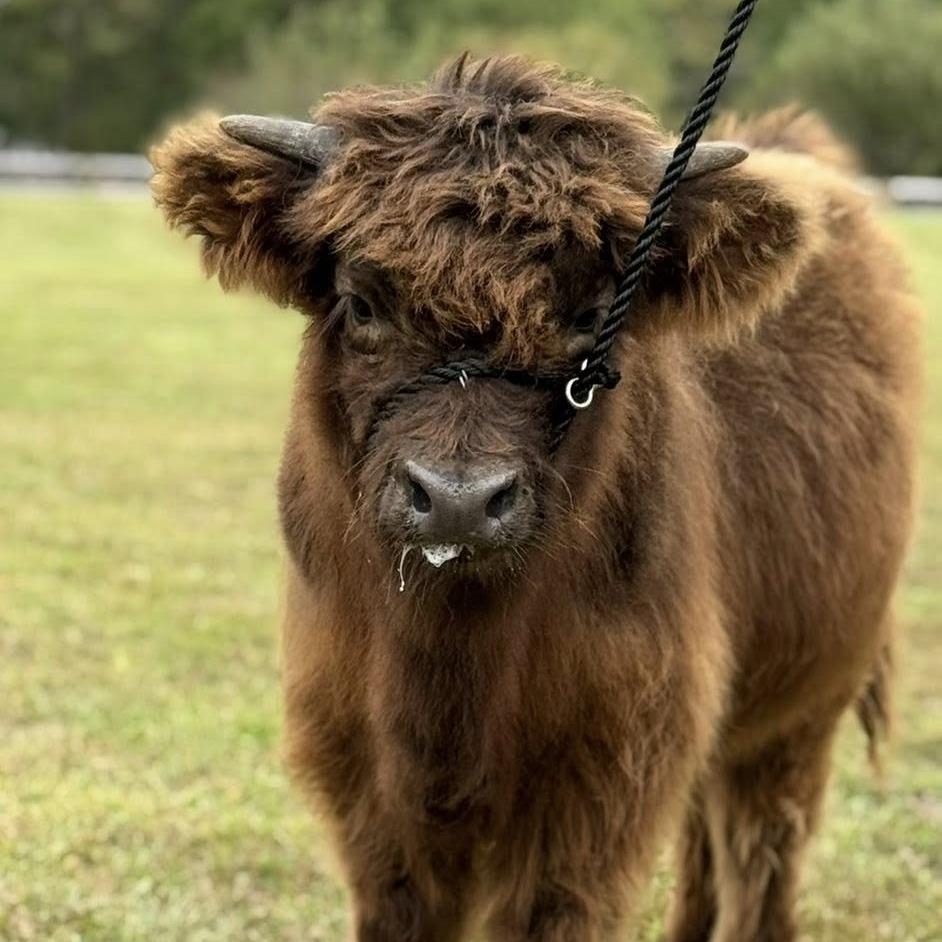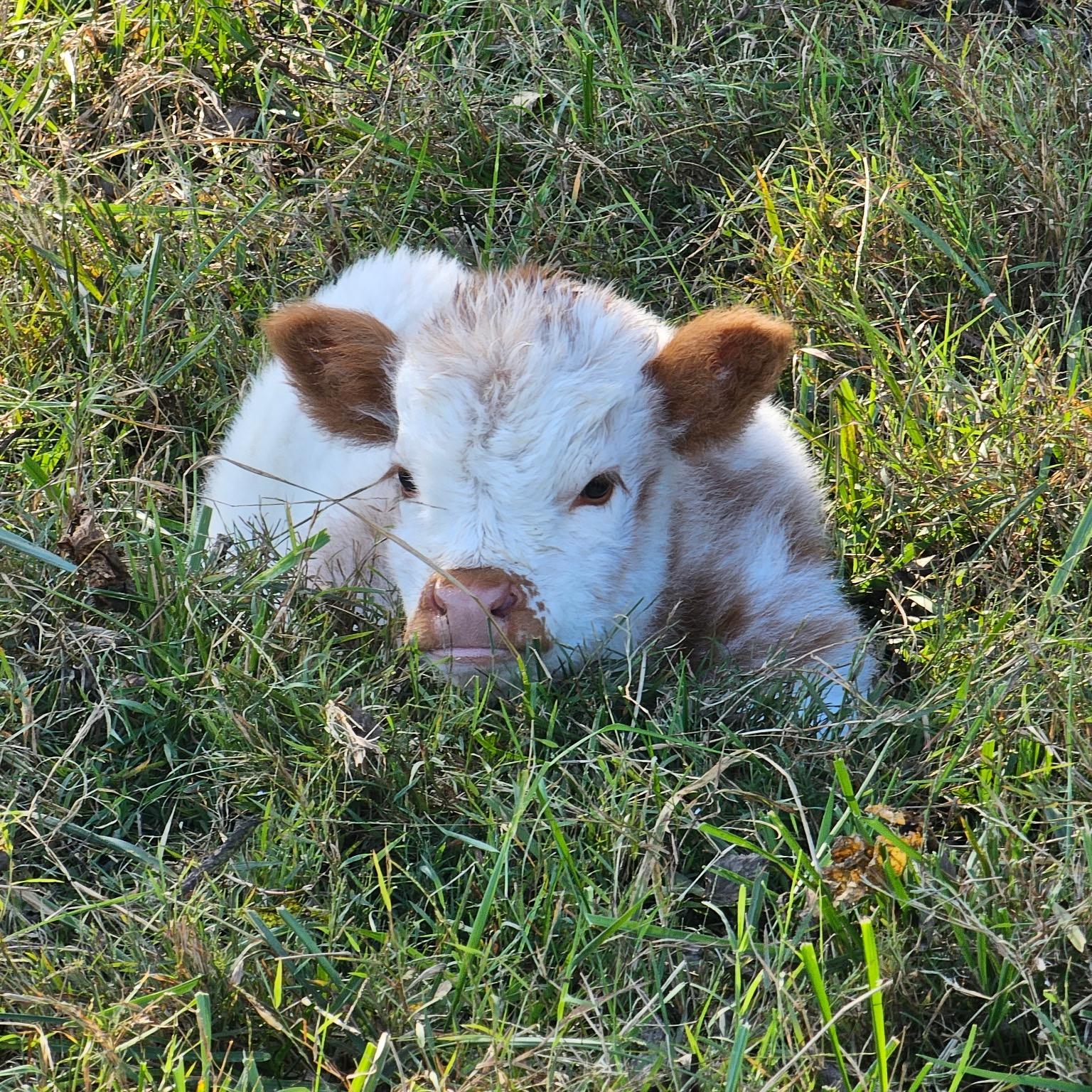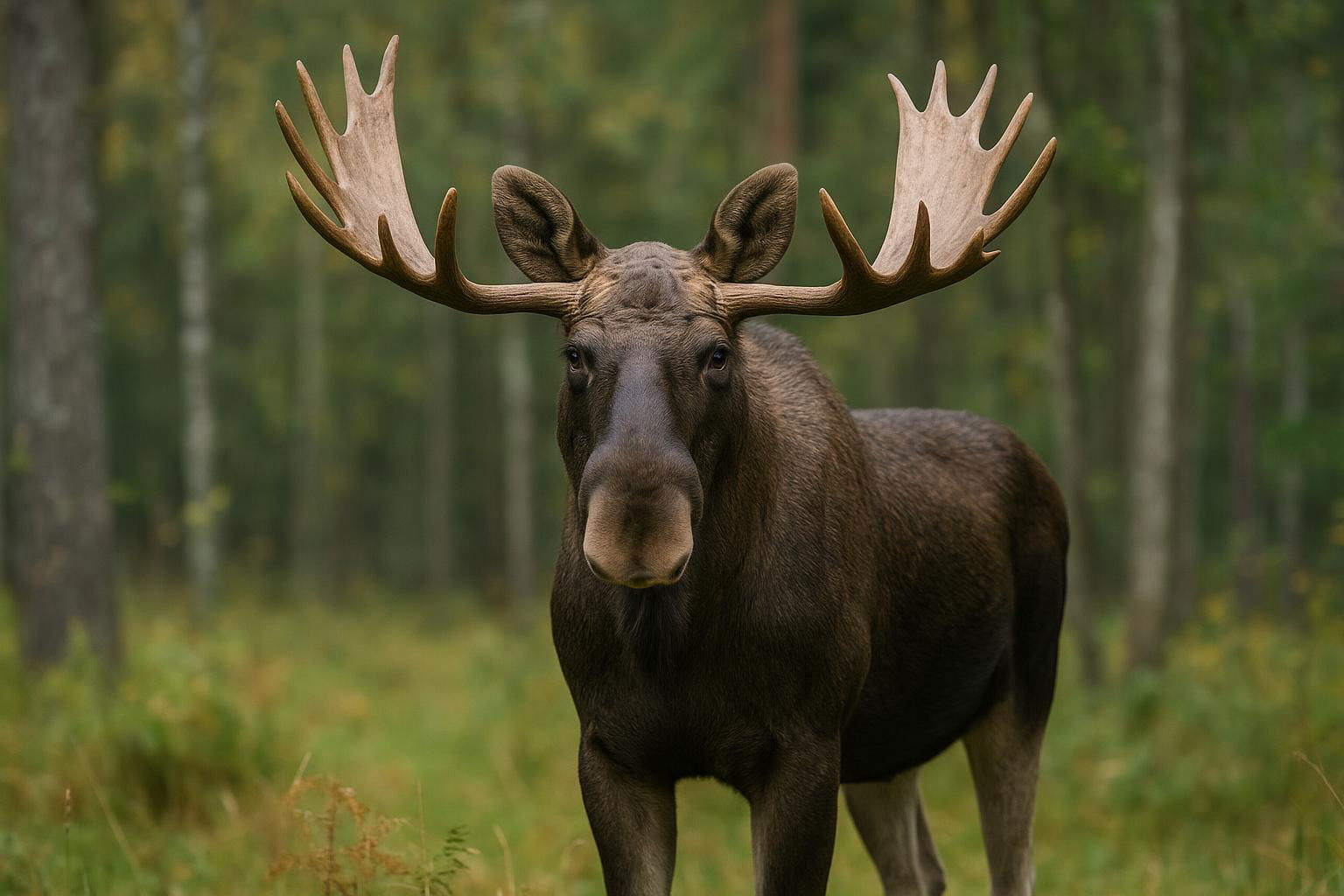
European
The European moose, scientifically known as *Alces alces alces*, is a subspecies of the broader moose species that roams the temperate and boreal forests of Europe. Known for its impressive stature, the European moose is the largest land animal native to this region, with males standing over 6.5 feet at the shoulder and often weighing up to 1,500 pounds. They possess long legs and a distinctive dewlap, known as a bell, hanging from their throats. One of their most striking features is the broad, palmate antlers of the males, which can span up to six feet and are used to establish dominance and attract mates during the mating season.
European moose have a dense and coarse coat that varies from dark brown to black, providing excellent insulation against the harsh winters of Scandinavia, the Baltics, and parts of Eastern Europe. They are solitary animals, generally preferring to roam alone except for mothers with young calves. Their diet consists mainly of aquatic and terrestrial vegetation, including leaves, bark, and shoots from trees and shrubs, which they forage using their dexterous lips and teeth.
Despite their vast range and adaptability, the European moose faces threats from habitat loss due to human encroachment and climate change, which alters their feeding grounds. Conservation efforts in various countries help ensure these majestic creatures remain a vital part of the European wilderness landscape. Known for their elusive yet formidable presence, European moose represent the wild essence of Europe's northern frontiers.
Colors: Dark Brown, Black

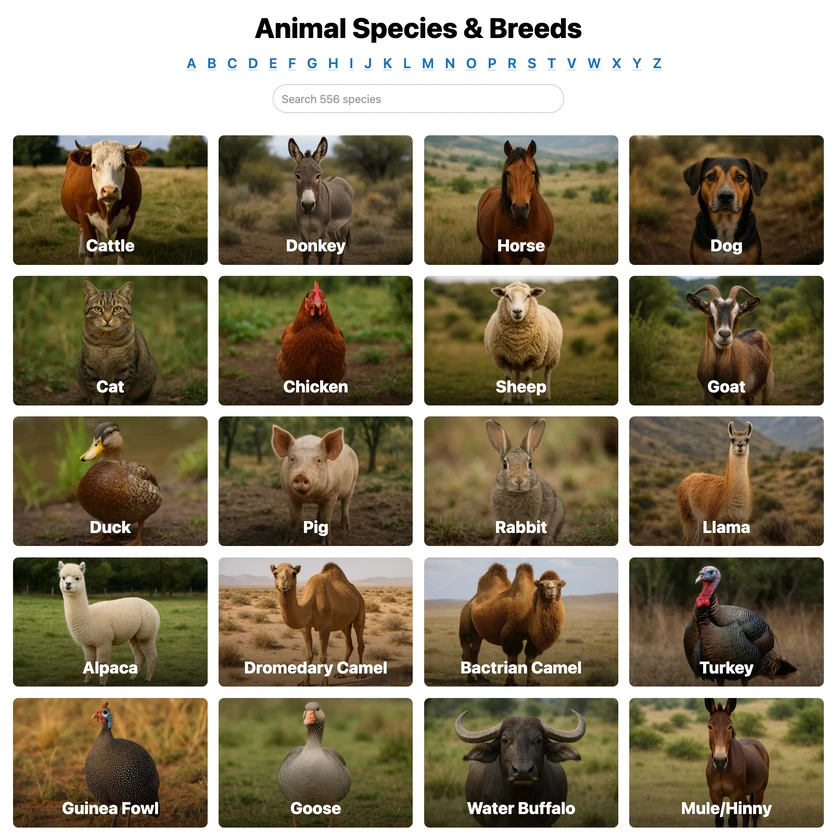 All Species & Breeds
All Species & Breeds
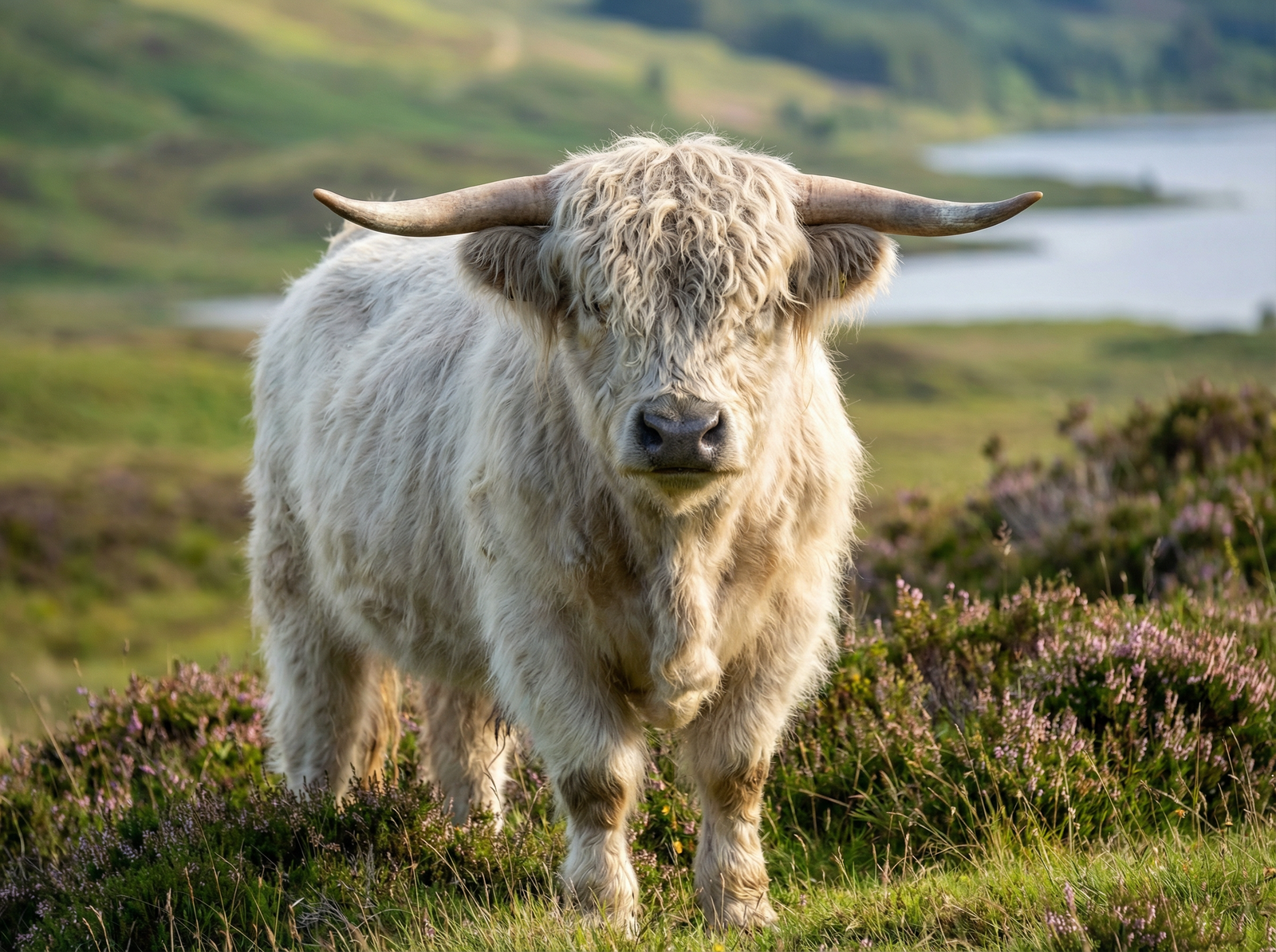 Highland Cattle
Highland Cattle
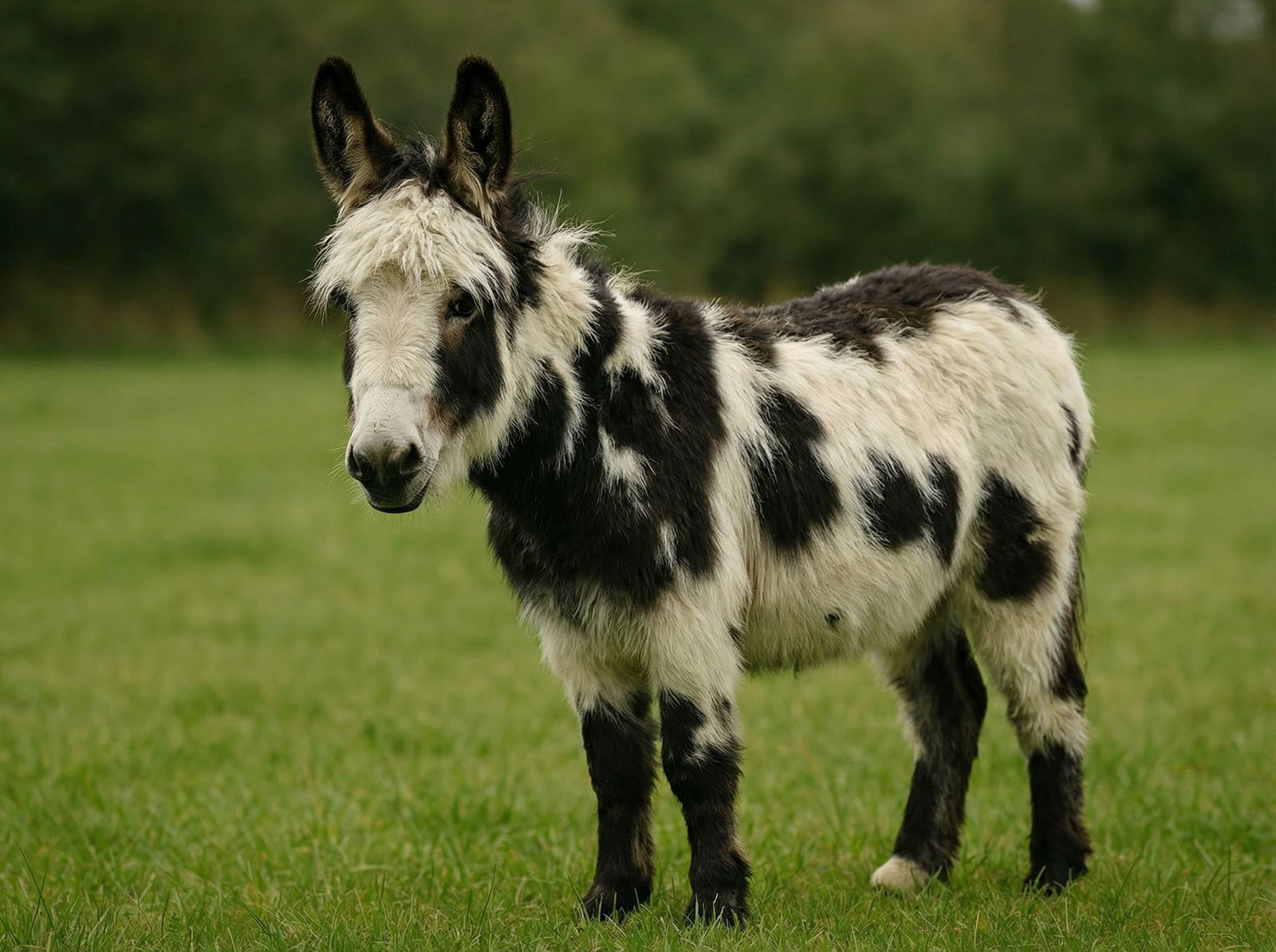 Miniature Donkeys
Miniature Donkeys
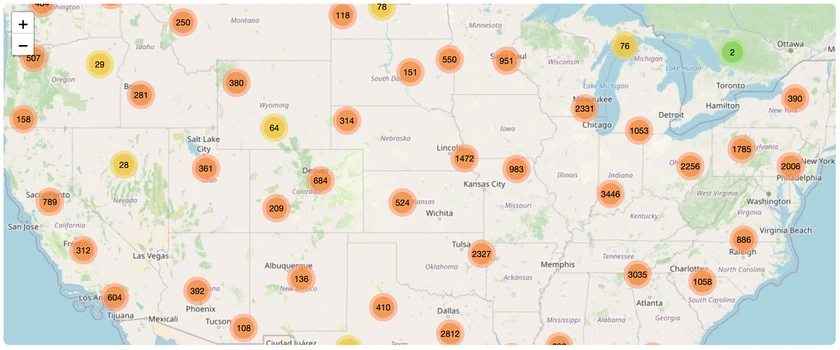 All Species Directory
All Species Directory
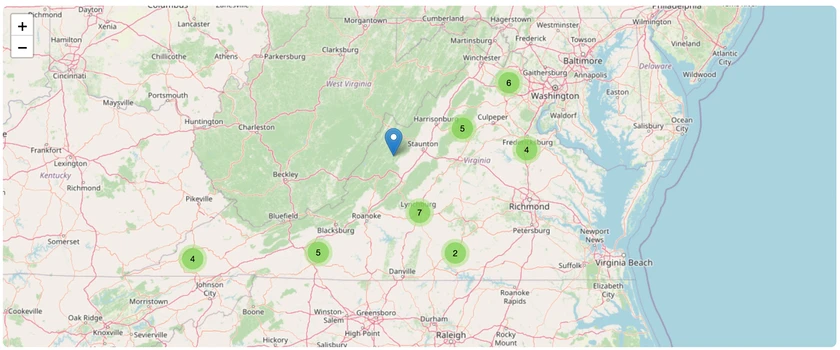 Highland Cattle in Virginia
Highland Cattle in Virginia
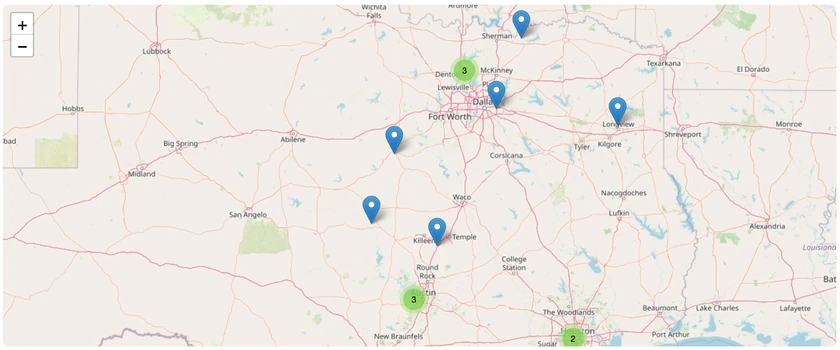 Miniature Donkeys in Texas
Miniature Donkeys in Texas
